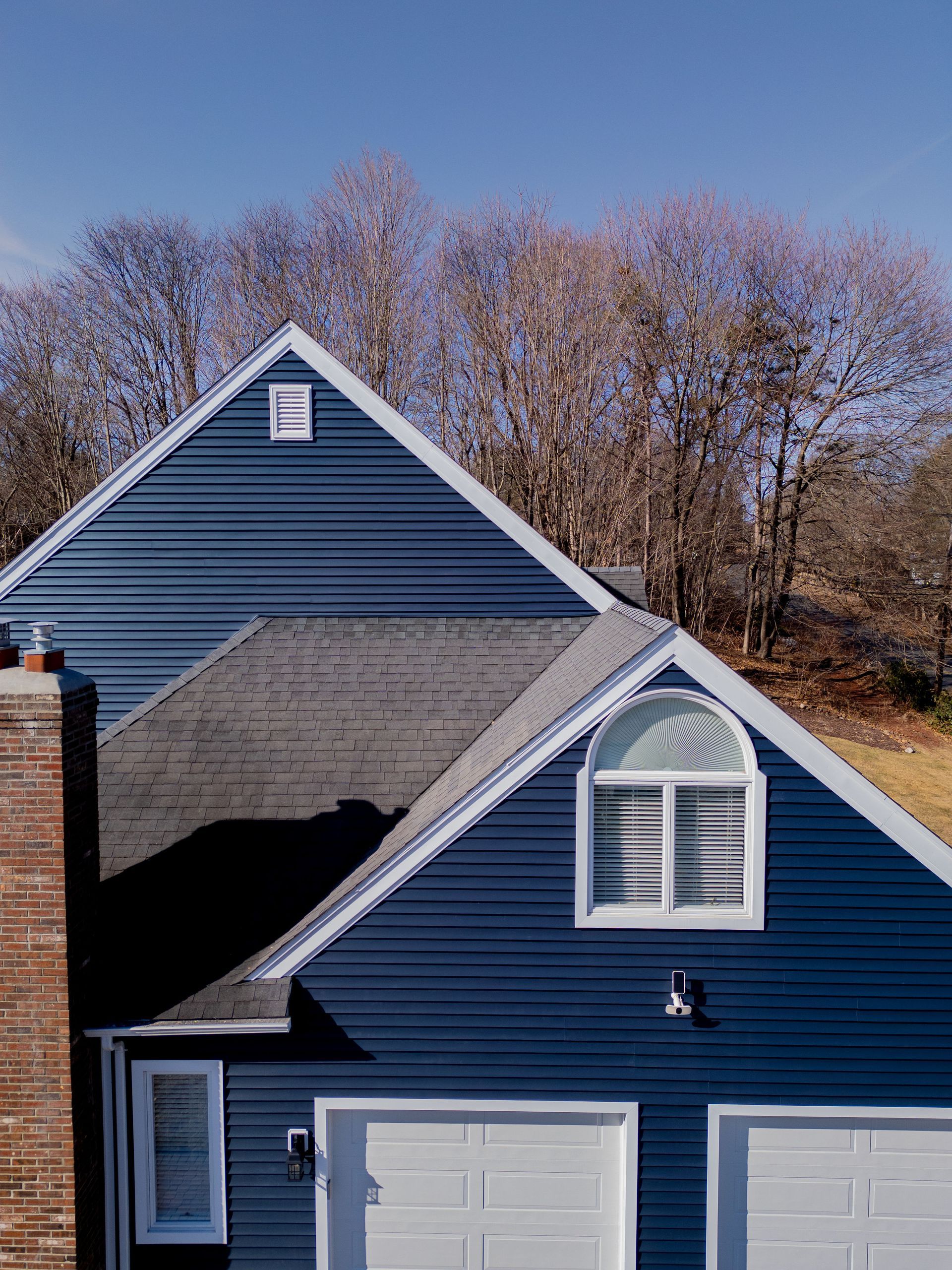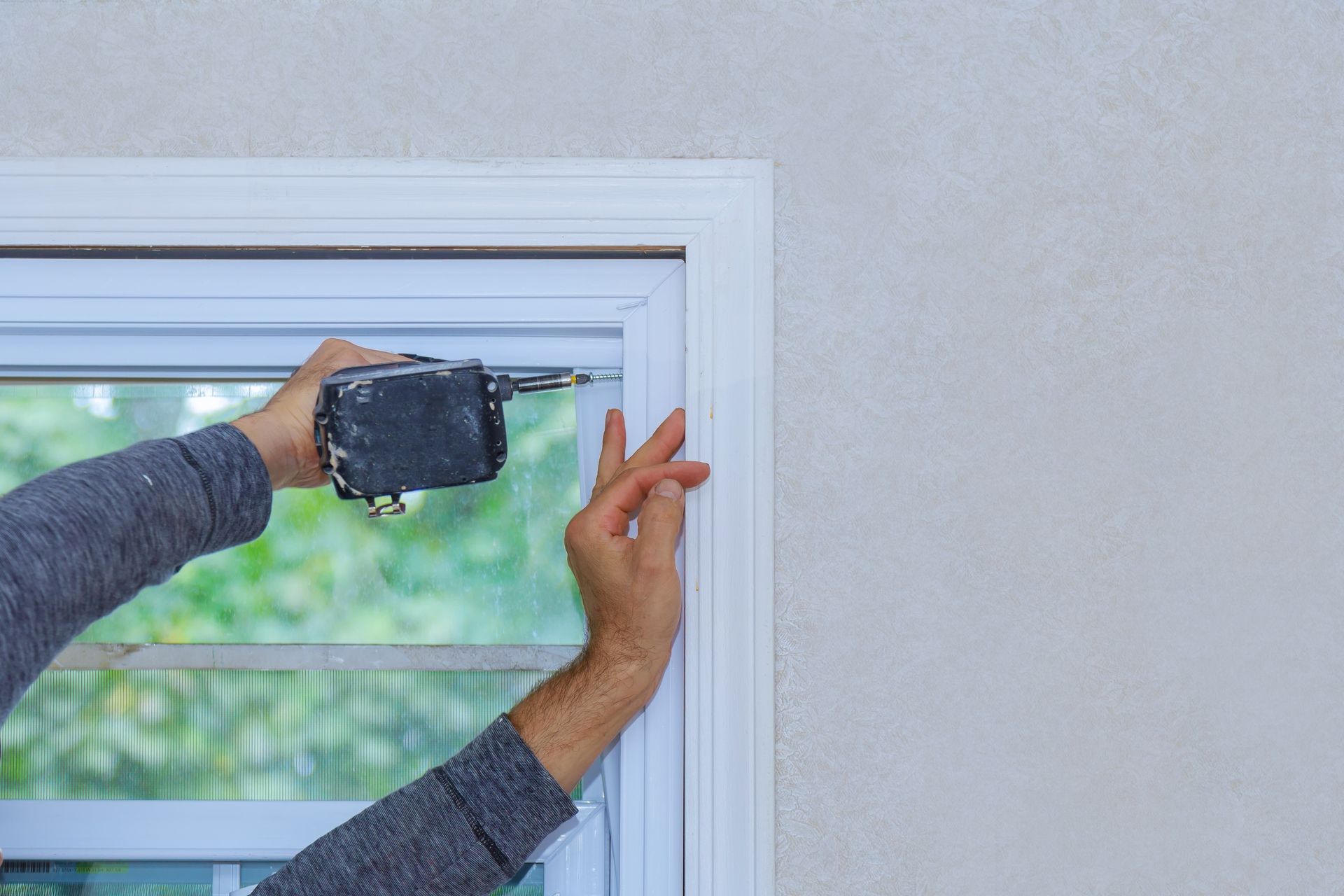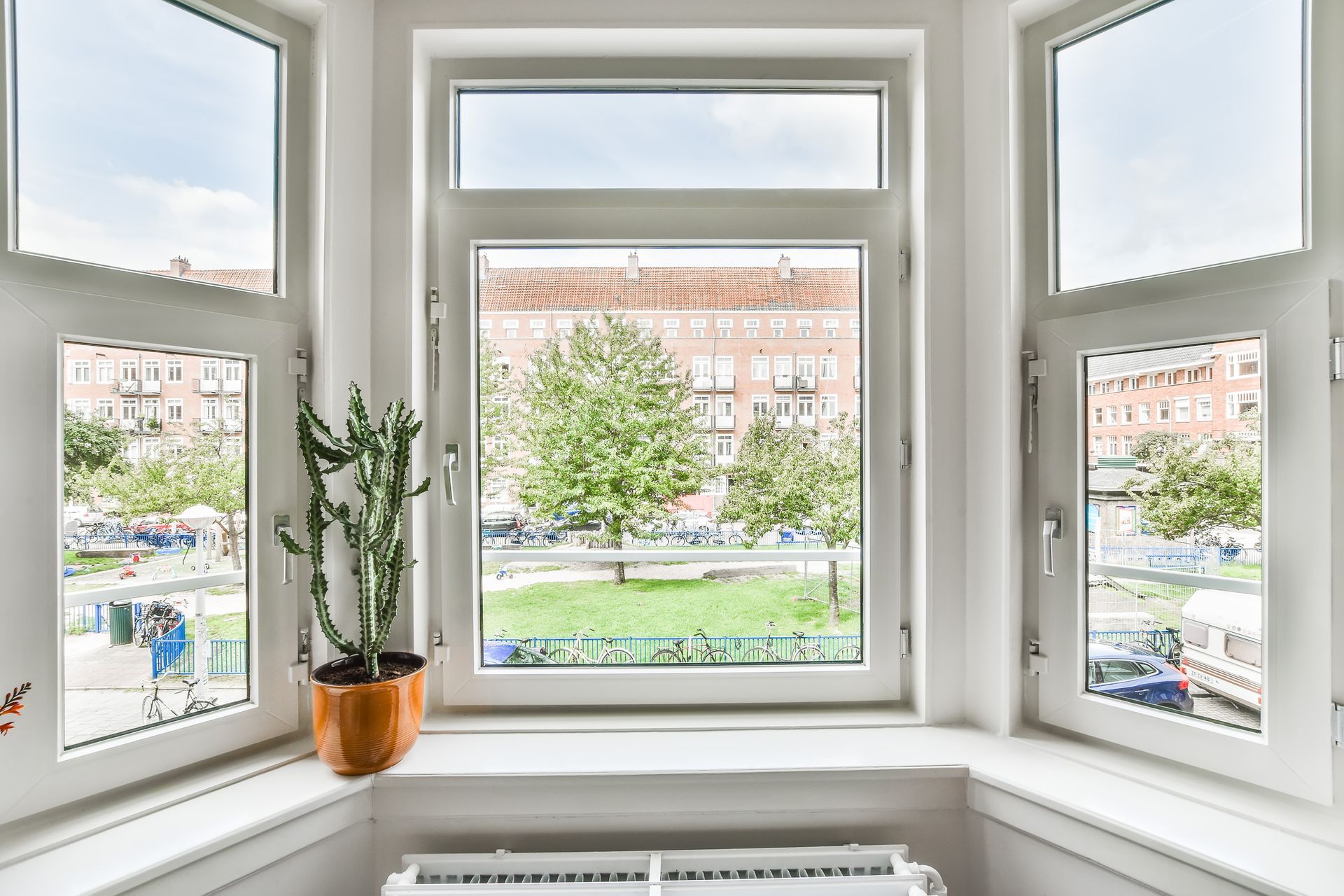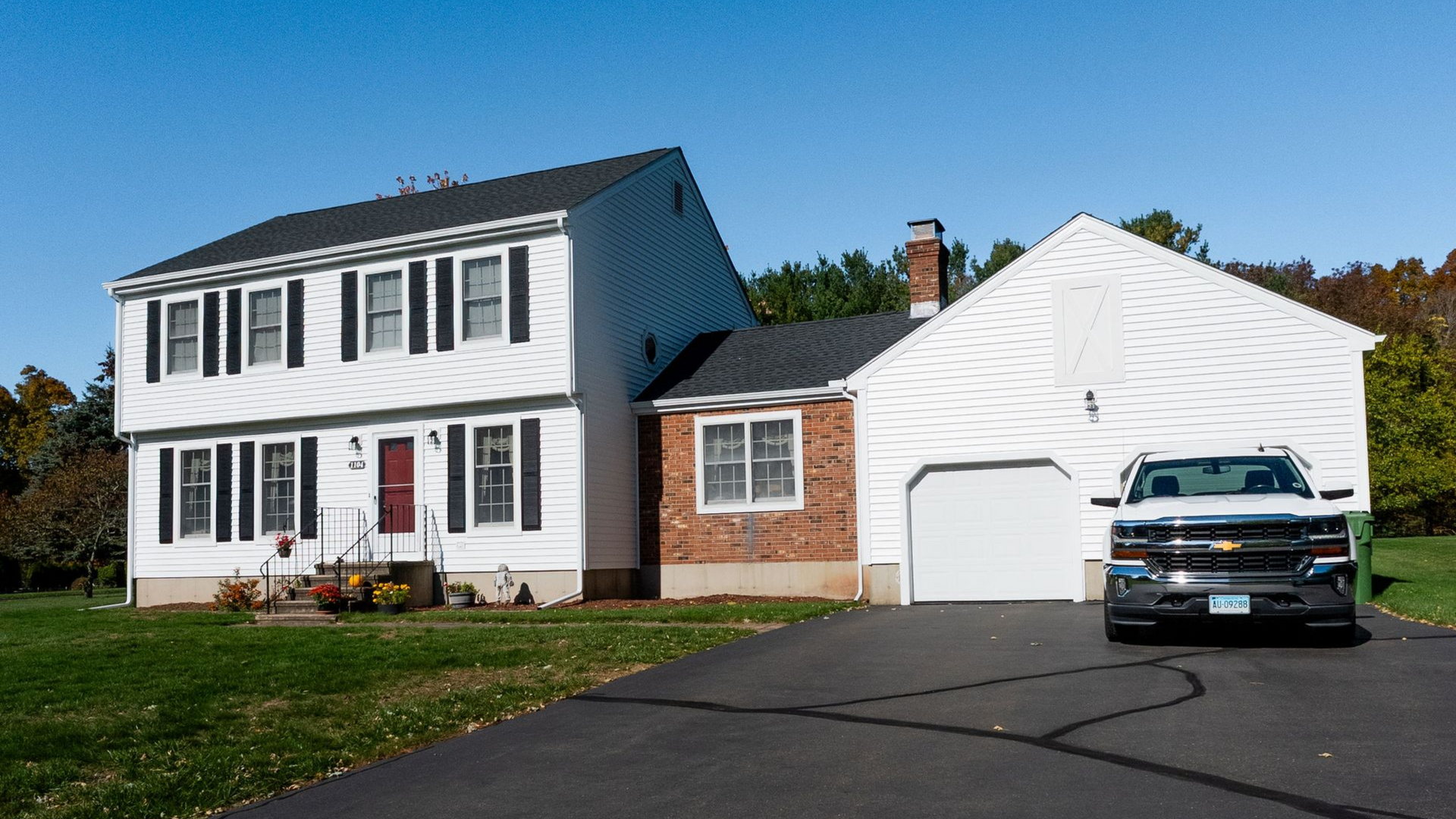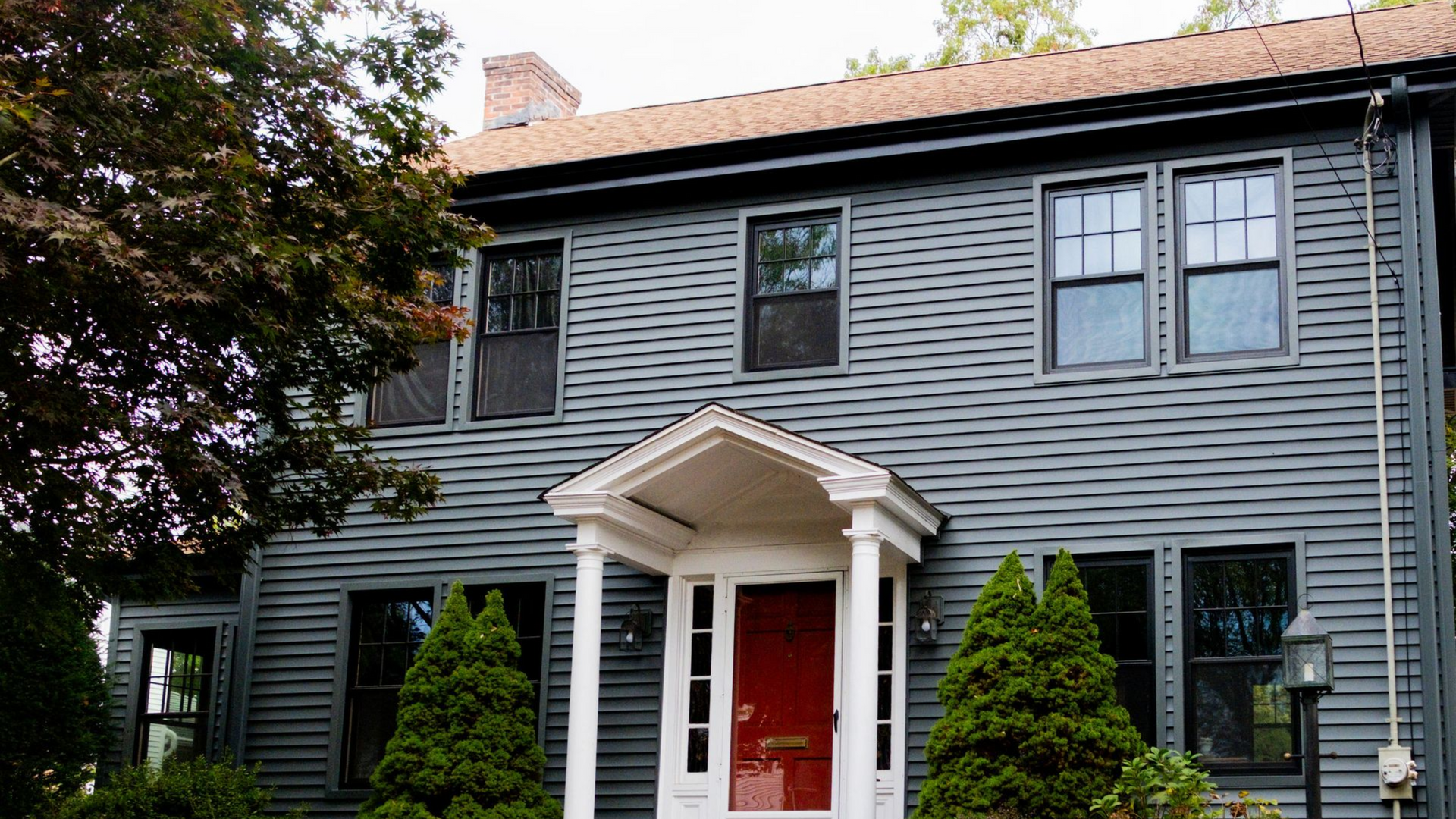How to Replace a Casement Window: Step-by-Step Guide

Our window team at J.C. Tonnotti replaces casement windows every week across Connecticut homes. We follow manufacturer instructions, focus on code-aware, leak-free installs, and teach homeowners the "why" behind each step. Below you'll get the short answer first, then clear steps you can follow. (Experience, expertise, and a safety-first, no-fluff approach.)
Tools & Materials
Straight answer: You need basic carpentry tools plus flashing and low-expansion foam.
Required Tools
Tape measure, level, square, pry bar, utility knife, drill/driver, bit set, oscillating multi-tool (helpful), caulk gun, stapler, safety glasses, gloves.
Installation Materials & Fasteners
Shims, corrosion-resistant screws, low-expansion window/door foam, exterior-grade sealant, backer rod (as needed), flashing tape (sill, jambs, head), sill pan or pan flashing, drip cap (if not built-in), housewrap tape.
Safety Gear
Gloves, eye protection, dust mask/respirator, cut-resistant sleeves if you’re handling glass.
Know Your Window & Scope
Straight answer: Decide insert vs. full-frame, confirm handing, and measure the opening correctly before you buy anything.
Insert vs. Full-Frame Replacement
- Insert (retrofit): Keep existing frame/trim; replace sash and unit within the old frame. Faster, less mess, great when the frame is sound.
- Full-frame: Remove the entire window down to the rough opening; best when there’s rot, leaks, or you want to change size/style.
Handing (Left/Right) and Hardware Basics
Casements hinge on one side and use a crank operator. Stand inside looking out: hinges on your left = left-hand.
Measuring the Opening (Width, Height, Square, Reveal)
Measure width at top/middle/bottom; height at left/center/right. Use the smallest numbers. Check diagonals for square; they should match. Note the interior reveal (even gap) you’ll aim to repeat.
Site Prep
Straight answer: Protect surfaces and cut the old sealant clean before prying.
Protect the Work Area
Lay drop cloths. Remove blinds/shades. Cover furniture.
Remove Interior Stops/Trim and Score Caulk Lines
Score paint/caulk with a utility knife. Pry gently to save trim. Label pieces for easy re-install.
Deactivate/Remove Screens and Crank Handle
Pop out screens. Remove the crank handle and cover to access fasteners later.
Remove the Old Casement Window
Straight answer: Take out the sash first, then the frame. If it’s full-frame, go to the studs.
Detach Operator, Hinges, and Remove the Sash (how to remove a casement window sash)
Open the sash, support it, disconnect the operator arm and hinge shoes, then lift the sash free. Store it safely.
Extract Frame/Jambs (Full-Frame Only)
Cut any fasteners with an oscillating tool. Pry the frame out in pieces. Watch for nails at the head and sill.
Inspect and Repair Rough Opening
Check for rot, mold, or soft wood. Fix damage now. Plane or sister studs if the opening is out of square.
Weatherproof the Opening
Straight answer: Flash sill → jambs → head in that order; use a sill pan to steer water out.
Sill Pan or Sill Flashing Setup
Install a pre-made sill pan or build one with pan flashing. Leave end-dams so water can’t run inward.
Flashing Sequence (Sill → Jambs → Head)
- Apply sill flashing, lapping to the exterior.
- Add jamb flashing to overlap the sill flashing.
- Add head flashing to overlap jambs.
- Roll each layer tight for full adhesion.
Drip Cap Considerations
If your window or trim doesn’t include one, install a drip cap over the head for extra protection.
Dry-Fit and Shim
Straight answer: Set the unit, level, plumb, square, then shim at hinge and lock points.
Set the New Unit, Check Level/Plumb/Square
Place the unit in the opening. Center it. Use your level on the sill, jambs, and head. Adjust until square.
Shim at Hinge and Lock Points
Shim behind hinge and lock locations to support hardware. Keep reveals even around the sash.
Confirm Even Reveal and Smooth Operation
Close and crank the sash. It should close flat, latch easily, and have an even gap.
Fasten the Window
Straight answer: Follow the manufacturer’s fastening pattern and don’t over-torque.
Nailing Fin/Brickmould Install vs. Flush/Block Frame
- Nailing fin: Fasten through fin, then integrate fin with flashing and housewrap.
- Block/flush frame: Fasten through frame at marked points; keep shims in place.
Manufacturer Fastening Pattern & Torque Tips
Use recommended screws and spacing. Snug, don’t crush. Check reveals as you go.
Reattach/Adjust Operator and Hinges
Reconnect the crank operator and hinge arms. Test smooth movement. Adjust as needed.
Air Seal & Insulate
Straight answer: Use low-expansion foam lightly; seal the exterior last.
Low-Expansion Foam or Backer Rod + Sealant
Foam the gap in short bursts. Don’t overfill. In wider gaps, use backer rod then interior sealant.
Exterior Perimeter Sealant Joints
Tool a clean bead of exterior sealant where the frame meets siding/trim. Maintain proper joint size (often 1/4"–3/8").
Interior Air Seal Behind Trim
Air-seal behind interior stops before reinstalling trim for a tighter home.
Trim, Finish & Cleanup
Straight answer: Put trim back, touch up, and clean the site.
Reinstall Interior/Exterior Trim
Re-fit saved trim or install new. Nail and fill holes.
Caulk, Fill, and Paint/Stain Touch-Ups
Use paintable caulk at interior trim joints. Spot-prime bare wood. Finish to match.
Jobsite Cleanup and Debris Disposal
Vacuum, remove stickers, and dispose of the old unit safely (check local rules for glass).
Final Adjustments & Quality Check
Straight answer: The sash should crank easily, lock tight, and won’t leak.
Crank Operation, Lock Engagement, and Weatherstrip Compression
Operate the window through a few cycles. Confirm smooth action and firm lockup without forcing.
Leak Check (Hose/Spray Test)
Gently spray the exterior from above to test flashing and seals. Look for drips inside.
Documenting Warranty & Serial Labels
Save labels and your receipt in case you need service later.
Special Conditions
Straight answer: Different exteriors change the flashing details, not the order.
Brick/Masonry and Stucco Details
Use head flashing that tucks under the water table or counter-flashing. Seal to masonry with the right sealant and backer rod.
Siding & Housewrap Integration
Slip flashing under housewrap above; lap correctly so water sheds out, not in. If you're also consideringsiding replacement, coordinate these projects for better integration.
Historic/Wood-Frame Retrofits
Be gentle with old trim. Expect shimming and planning to tune the fit.
Energy & Code Considerations
Straight answer: Choose the right U-Factor/SHGC for your climate and follow local permit rules.
U-Factor, SHGC, and Local Code Notes (Egress/Tempered)
Colder climates favor lower U-Factor. South/west-facing windows may need different SHGC. Bathrooms and near doors may require tempered glass. Bedrooms may have egress size rules.
For more details on energy-efficient windows, consider upgrading to high-performance glass options.
Ventilation and Condensation Basics
Tight seals reduce drafts. Use proper ventilation to limit condensation on glass.
Common Mistakes to Avoid
Straight answer: Don’t skip the sill pan, don’t over-foam, and don’t fasten before the unit is square.
- No sill pan or poor flashing sequence → leaks.
- Over-expanding foam → bowed frames, sticky sashes.
- Ignoring out-of-square openings → bad reveals and air leaks.
- Fastening through shims only → weak support at hardware points.
- Forgetting drip cap or head flashing → water intrusion later.
Maintenance After Installation
Straight answer: A little care makes casements last.
Operator Lubrication and Hinge Care
Lubricate moving parts yearly. Tighten loose screws.
Seasonal Sealant and Hardware Checks
Inspect exterior caulk each spring/fall. Re-seal if cracked. Clean weep holes.
Cost, Time & Next Steps
Straight answer: A typical insert can take 2–4 hours for an experienced DIYer. Full-frame jobs take longer and often need a permit.
DIY vs. Professional Overview
DIY can save money if your opening is sound and you’re comfortable with flashing. If you see rot, water stains, or heavy out-of-square walls, call a pro.
For professional installation and to explore other window types, our team can help assess your specific situation.
Disposal/Recycling of Old Units
Check town guidelines for glass and metal. Some parts can be recycled.
Related Projects and Upgrades (Screens, Shades, Trim)
Consider new screens, interior casing upgrades, or low-E glass choices for energy savings.
Conclusion
Replacing a casement window successfully comes down to proper preparation, following the correct flashing sequence, and taking your time with measurements and shimming.
The key to a leak-free, long-lasting installation lies in three critical areas: accurate measuring and assessment of your existing frame condition, proper weatherproofing with the sill-to-jambs-to-head flashing sequence, and careful shimming at hinge and lock points. Skip any of these steps, and you'll likely face problems down the road.
Remember that insert replacements work well when your existing frame is solid and square, but don't hesitate to call in professionals if you discover rot, water damage, or significantly out-of-square openings. A failed DIY attempt often costs more to fix than hiring qualified installers from the start.
With the right approach, proper tools, and attention to detail, a casement window replacement can provide decades of smooth operation and energy efficiency. The investment in quality flashing materials and taking time for proper shimming pays dividends in performance and longevity.
Ready to Upgrade Your Casement Windows?
Get Professional Results That Last
While this guide gives you the knowledge to tackle an insert replacement, every home situation is unique. At J.C. Tonnotti, we've seen what happens when flashing details get missed or frames aren't properly assessed upfront.
Our Connecticut window replacement team offers:
- Free in-home consultations to assess your specific situation
- Code-compliant installations with proper permits and inspections
- Manufacturer warranties backed by our installation guarantee
- Full-frame expertise for complex situations requiring structural work
Schedule your free consultation today and discover why homeowners across Connecticut trust J.C. Tonnotti for leak-free, energy-efficient window installations that stand the test of time.
Frequently asked questions
How long does it take to replace a casement window?
For an experienced DIYer, an insert replacement typically takes 2-4 hours per window. Full-frame replacements take longer, often 4-6 hours or more and may require a permit. Weather conditions and unexpected issues like rot or out-of-square openings can extend the timeline.
Can I replace just the sash instead of the entire window?
Yes, if your frame is in good condition and properly aligned. Sash-only replacement (insert method) is faster and less disruptive. However, if you notice rot, water damage, or poor energy performance from the existing frame, full-frame replacement is the better long-term solution.
Do I need a permit to replace casement windows?
This depends on your local building codes and the scope of work. Insert replacements often don't require permits, while full-frame replacements typically do. Check with your local building department before starting. Professional installers usually handle permit requirements as part of their service.
What's the difference between left-hand and right-hand casement windows?
Stand inside your home looking out at the window. If the hinges are on your left side, it's a left-hand casement. If the hinges are on your right, it's a right-hand casement. Getting this wrong means your new window won't fit properly, so double-check before ordering.
How do I know if my window opening is square?
Measure the diagonals from corner to corner. If both diagonal measurements are equal (within 1/8"), your opening is square. If they differ significantly, you'll need to address this before installation or risk poor operation and air leaks.
Should I use expanding foam around the entire window frame?
No. Use low-expansion foam sparingly and only in the gaps between the frame and rough opening. Over-foaming can bow the frame and cause the sash to bind. For larger gaps, use backer rod and sealant instead of foam.


